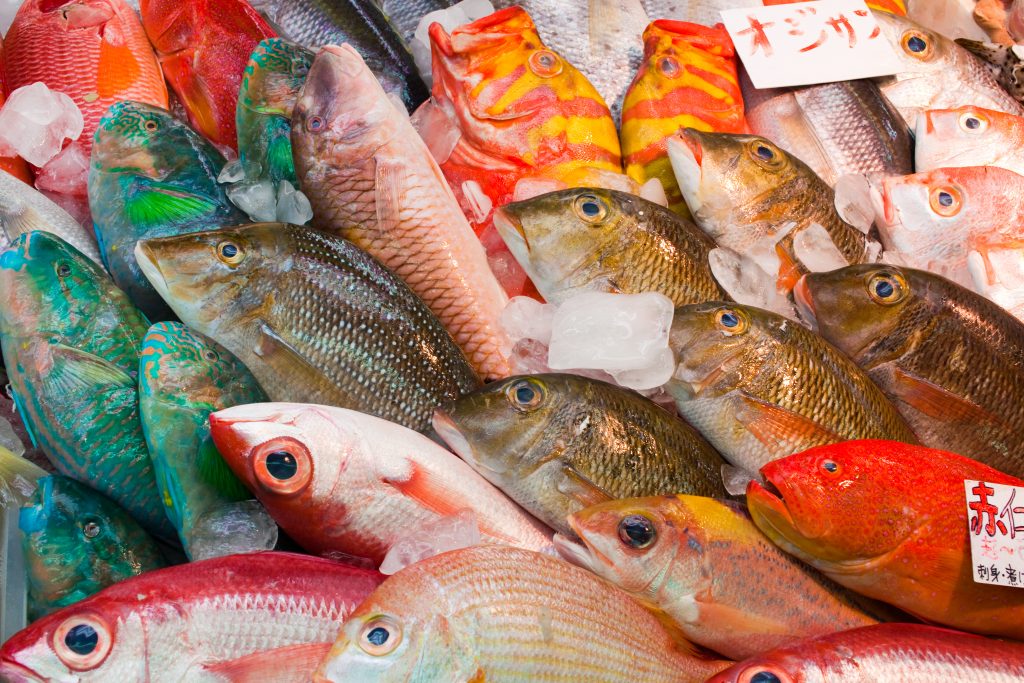
- ARAB NEWS
- 01 Aug 2025

TOKYO: The Japanese agricultural ministry will adopt a new standardized method to assess the freshness of fish without relying on how they look, with an aim to promote the country’s fish exports, officials said.
The new method will be stipulated in Japanese Agricultural Standards, or JAS. The ministry plans to announce the move later this month.
In Japan, a fish preparation technique called “ikejime” has been widely used to preserve the quality of fish meat. The technique involves stabbing fish to drain them of blood.
Outside Japan, the freshness of fishery products is usually assessed by how they look, which makes damaged fish often unpopular. The ministry believes that this has been an obstacle to Japan’s exports of fish treated with ikejime.
With the new method, the freshness of fish will be shown by numerical data, making it easier for people overseas to understand that a fish is fresh despite the presence of a scar created by ikejime.
Japan’s exports of fresh fishery products have been on a rising trend, growing to 233.5 billion yen in 2021 from 119.8 billion yen in 2012, according to the ministry. Japanese amberjack and sea bream are among popular exports.
The government has set a goal of boosting agricultural and food exports to 5 trillion yen in 2030. It plans to expand sales of fresh fishery products in Asia and Europe by utilizing the new assessment method.
JIJI Press